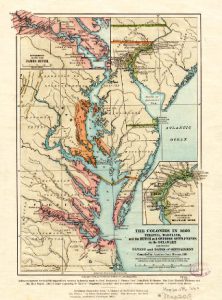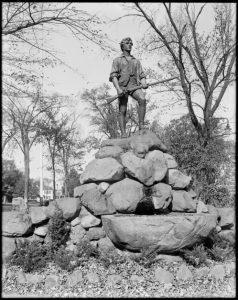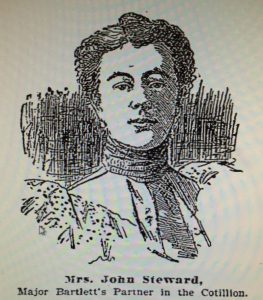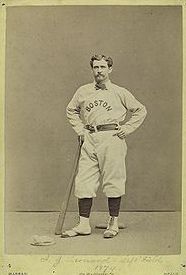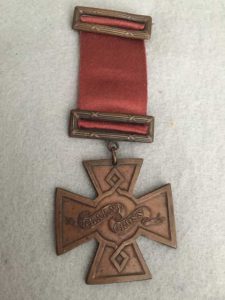
Following up on a post by David Allen Lambert on the question of identity, a semi-related topic involves the generation in the United States to which someone belongs. In my experience, this might mean something different for a genealogist belonging to a family long resident in America, as opposed to the child or grandchild of a recent immigrant.
My most recent immigrant ancestors were my great-great-great-grandparents Joseph Kelly and Rebecca Nelson, who came over from Ireland to Philadelphia in the 1840s and married there in 1850. Through that part of my ancestry, I would call myself sixth generation. I count Joseph and Rebecca as the first generation, and would describe it in a genealogy as follows: Continue reading What generation am I?
